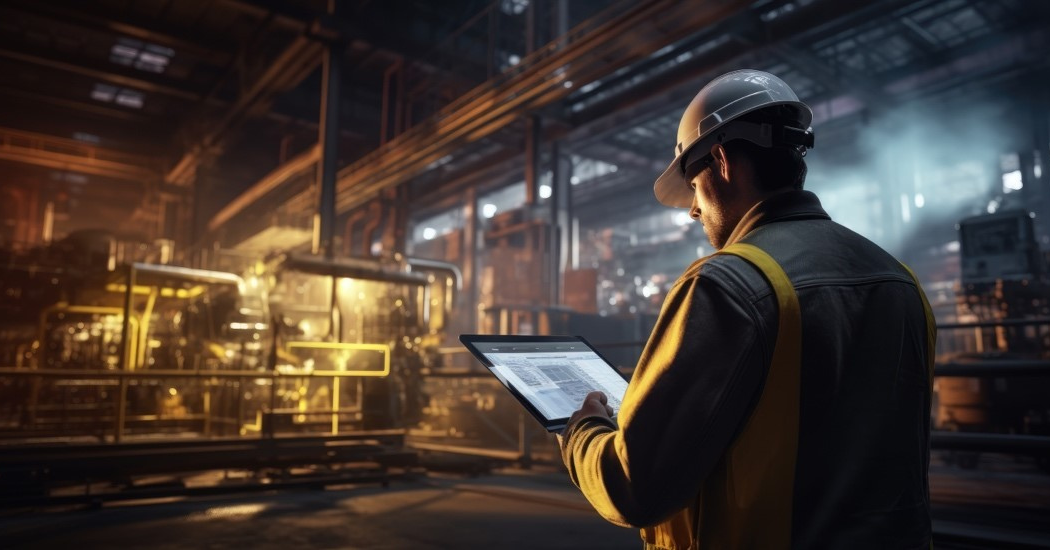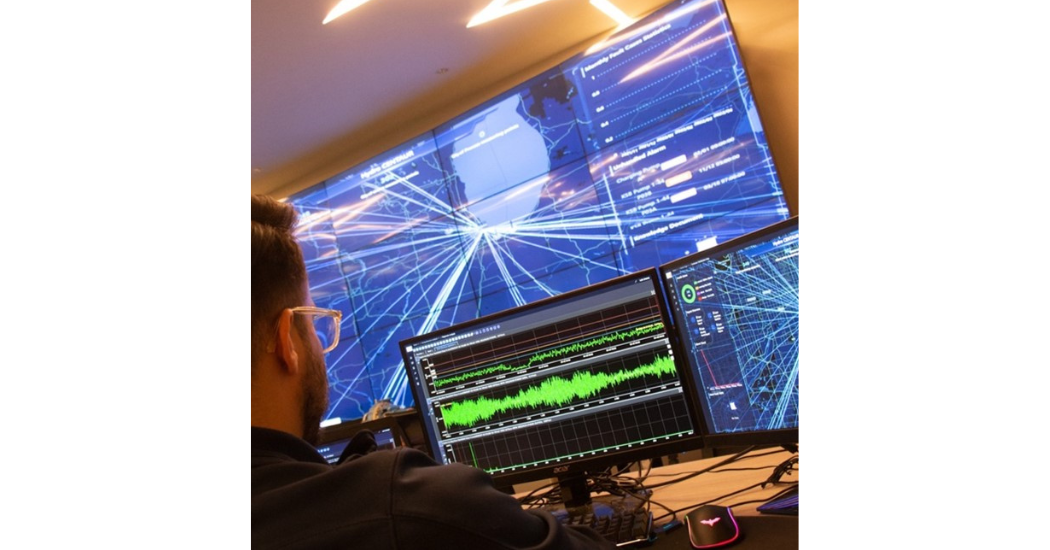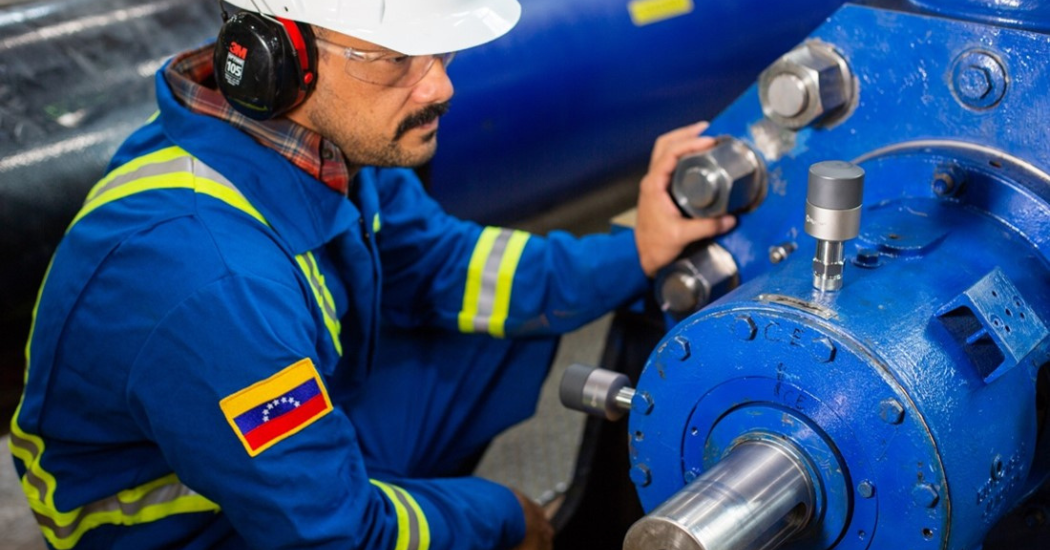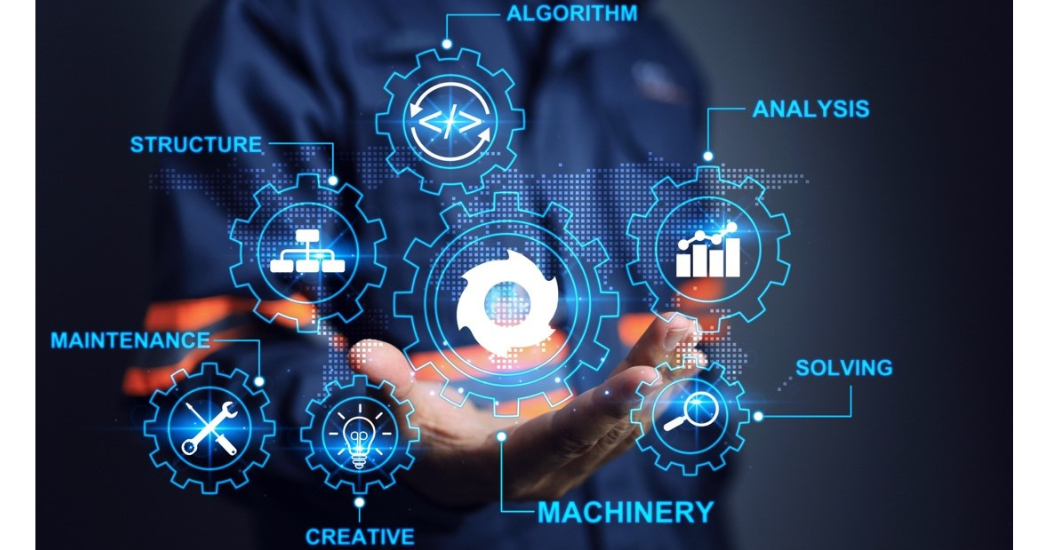Introduction:
In the dynamic landscape of industrial operations, ensuring the reliability and optimal performance of critical machinery is paramount. One of the key tools in achieving this is condition monitoring, which facilitates a proactive approach and allows businesses to detect potential issues before they escalate into costly downtime. When making the decision to invest in an IoT-based condition monitoring program, most users will focus on the differentiating features of the hardware and software. Often overlooked is a key piece of a successful monitoring strategy- the expertise that transforms the output from the monitoring system into actionable information.
While some companies have that expertise internally, those resources are often stretched and unavailable to provide regular oversight to the data being collected. Other companies run very lean and don’t have on-site resources with experience specific to rotating equipment. In this article, Hydro Inc. will delve beyond the myriad benefits of condition monitoring to focus on the value brought by partnering with a company that has subject matter expertise with rotating equipment.
Enhanced Safety Measures
Safety is appropriately the top concern in any industrial setting. Combining condition monitoring and the expertise of rotating equipment specialists creates a formidable alliance that significantly increases the safety of the work environment.
Condition monitoring provides early warning of anomalies in equipment performance, preventing catastrophic failures that could pose serious safety risks. The insight of rotating equipment experts allows the warnings provided by the system to be correlated with known failure modes, ensuring that changes are made in design or operation to prevent recurrence of the detected problem. This synergy between monitored data and subject matter experts enables a shift from reactive firefighting to proactive, pre-emptive maintenance strategies.
Another area where condition monitoring supports worker safety is in reducing exposure to unsafe environments. Critical machinery is seldom located in safe or easy-to-access locations. Many areas require special provisions and procedures to access. One example would be where equipment is located on a roof or an elevated structure, requiring fall protection. Another example is equipment in a nuclear plant that is in a radioactive controlled environment. For outdoor installations, weather can contribute to inaccessibility. In these circumstances, workers must either increase their safety risk to collect data that will help them assess equipment health or forgo data collection increasing their risk of equipment failure.
In essence, the integration of condition monitoring with the support of rotating equipment specialists establishes a robust safety framework. This not only safeguards employees and assets but also fosters a culture of vigilance and proactive risk mitigation, setting the foundation for a secure and resilient industrial operation.
 Efficient Data Management
Efficient Data Management
The influx of data from condition monitoring can be overwhelming without proper management. It takes knowledgeable professionals to interpret and analyze the data, distilling it into actionable insights. Software should bear the brunt of the work and help to sanitize and organize the data, but how is it digested? Do you have the manpower to comb through it and understand the story being told? Sure, AI can help, but it is not yet able to integrate the expertise that comes from decades of hands-on knowledge and boots-on-the-ground familiarity.
Condition monitoring generates a wealth of performance metrics. Moving from a route-based monitoring strategy to a remote, automated monitoring solution exponentially increases the amount of data collected and available for analysis. While this significantly increases the ability to capture an accurate picture of equipment health, it can also be overwhelming to companies without the resources to interpret this information. Access to experienced rotating equipment professionals is key in turning this mountain of data into a clear picture of the present and future condition of an asset. Rotating equipment experts are adept at cross-analyzing these metrics against other datasets, providing a holistic view of equipment health. They can create sets of KPIs that are an effective and valuable tool for allowing comprehensive data to be boiled down into terms that are easily understood, regardless of experience.
Managing and analyzing data can be challenging, but the absence of data poses an even greater problem, particularly with respect to passing along knowledge to inexperienced or new members of the team. Condition monitoring and the data it gathers plays a crucial role in expediting the onboarding process for new employees by offering well-organized historical data that remains accessible even when staff members leave. This allows newcomers to swiftly acquaint themselves with equipment, promoting a smoother integration into the workforce. The result is not only streamlined decision-making processes but also enhanced efficiency in resource allocation.
 Ensuring Proper Installation and Commissioning
Ensuring Proper Installation and Commissioning
The installation of rotating equipment significantly influences its long-term performance. Adherence to manufacturer specifications and industry best practices is imperative to ensure a successful setup, preventing issues such as misalignment-induced vibrations and premature wear. Executing proper machine installation requires experience in the equipment being installed and performance data to immediately indicate any problems induced by the installation. When done correctly, a proper installation guarantees optimal performance, eliminates premature degradation, and minimizes the risk of unexpected breakdowns.
After installation is complete, equipment commissioning begins. Experts must calibrate performance parameters to meet specific application requirements, facilitating efficient and reliable long-term operation from the outset. Proper training for operational staff is crucial, empowering them with knowledge of equipment specifics, optimal operating conditions, and troubleshooting procedures.
Utilizing real-time data insights provided by condition monitoring in combination with seasoned professionals nearly guarantees a successful installation and commissioning process, ensuring the highest standard of machine protection. Technology combined with experience lends confidence that the equipment is functioning properly, establishing a robust foundation for long-lasting operational excellence. During the commissioning process, any adverse system interactions can be identified and resolved before the equipment is placed into full service. While the condition monitoring collects data at and flags any anomalies, the rotating equipment expert provides insight into the root cause of these anomalies. This supports the user in identifying potential problems quickly, discerning whether it is related to design, installation, or operation, and creating a plan of action to successfully resolve the issue.
Beyond enhancing performance and ensuring reliable operation, combining a condition monitoring system with subject matter experts proactively prevents warranty claims, ensuring optimal performance throughout the equipment’s lifecycle.
 Optimizing Return on Investment (ROI)
Optimizing Return on Investment (ROI)
Unplanned downtime can significantly disrupt production schedules and impact profitability. It’s evident that the considerations discussed here contribute to substantial financial savings, thereby ensuring a return on the investment in a condition monitoring solution. However, merely acquiring condition monitoring equipment is only part of the equation. Doing so with the right support maximizes the investment and ensures both longevity and efficiency.
With the guidance of rotating equipment specialists, maintenance, and reliability departments prevent expensive breakdowns and extend the lifespan of equipment. By eliminating mid-cycle failure, maintenance can be efficiently scheduled during planned downtimes, minimizing the overall impact on operations. This results in noteworthy cost savings and improves overall efficiency. By shifting the time spent on reactive firefighting to more strategic activities, this investment also creates a more positive work environment and supports worker retention. Through these measures, businesses can optimize their ROI and attain long-term financial benefits.
Conclusion:
In conclusion, the multifaceted advantages of condition monitoring are amplified by partnering with subject matter experts in the rotating equipment industry. Beyond the proactive identification of issues, this collaboration facilitates heightened safety measures, streamlined data management, and optimized return on investment.
The strategic alliance between condition monitoring and rotating equipment specialists ensures that businesses not only mitigate risks effectively but also cultivate a resilient operational framework poised for sustained success in an ever-evolving industrial landscape.
Take the next step towards elevating your operational excellence and securing the longevity of your machinery. Partner with us, the leading experts in condition monitoring and rotating equipment.




